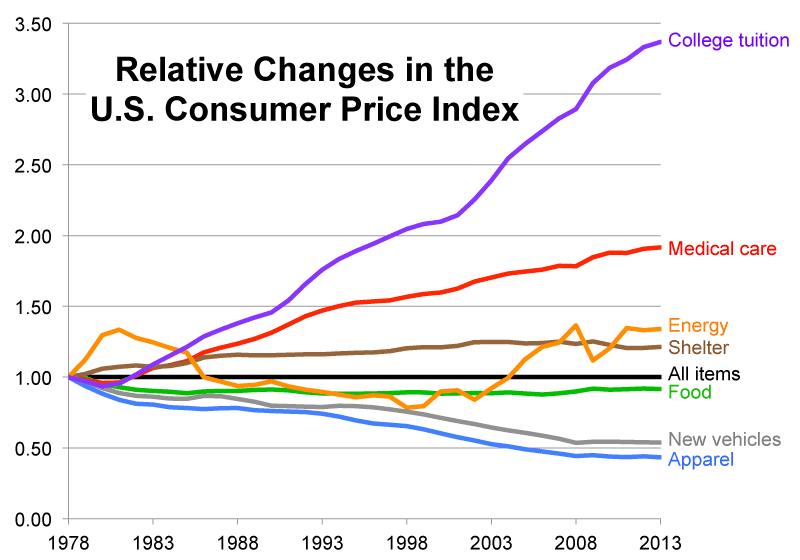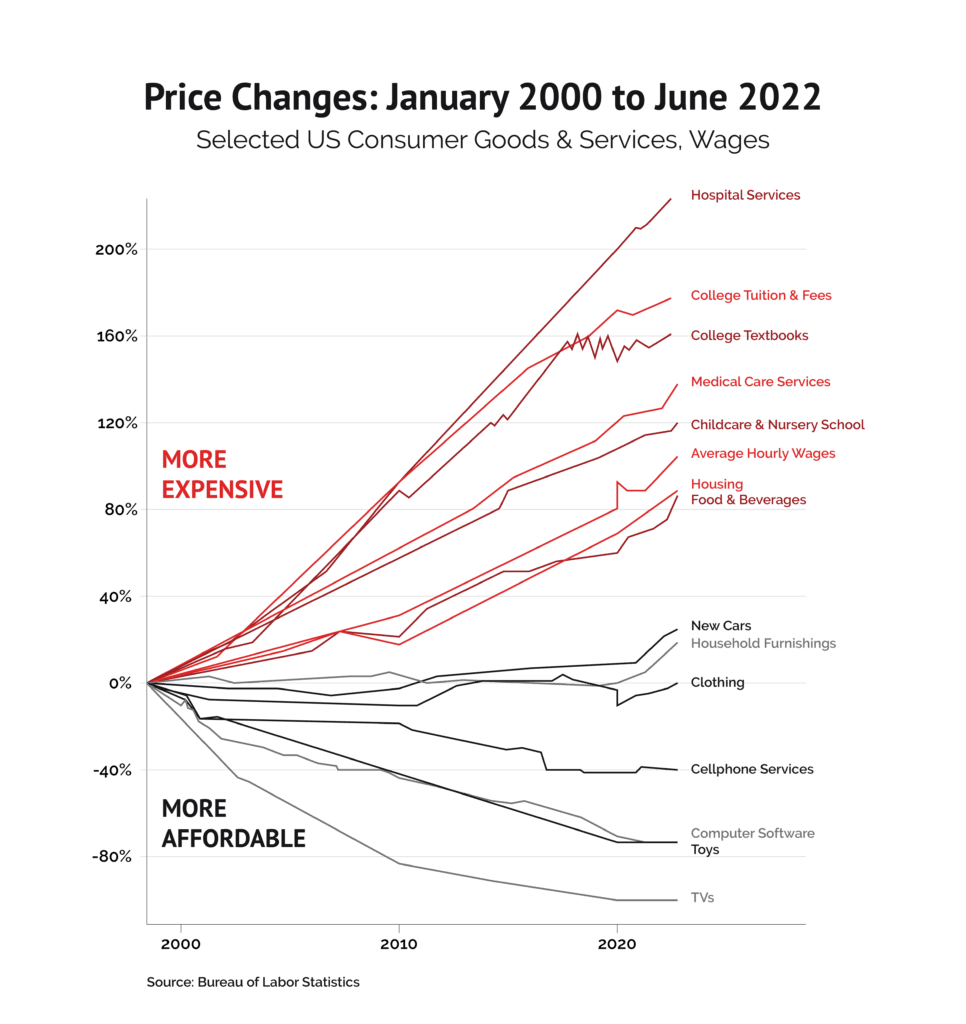This world is of course rife with problems, often with certain classes harder hit by them than others. North Carolina is not immune to this rule of life. But we should avoid the impulse to immediately look for a quick fix for these problems from government, especially when the proposed solution (more spending) look an awful lot like what caused a problem (like inflated prices).
The most recent example is the demand this week, by crowds at the state legislature, for new state subsidies for childcare, after the federal subsidies from COVID have run out. Childcare has managed to exist largely as a private matter up until point, but apparently that is no longer possible. I won’t go too much into this issue, since our editor-in-chief covered it in a column yesterday.
There are countless other examples also in the public discourse. People are understandably upset when they have a hard time paying their bills after going deeply into debt for a degree that did not seem to broaden their career horizons. But that doesn’t mean a quick fix by the federal government, swooping in to make the problem go away (or at least shrink), is the answer.
The reason college is so expensive in the first place is that government has been meddling, making programs, providing loans, and “investing” in it for so long, that these institutions of higher learning know they can continue to increase their prices and somebody will foot the bill. Medical care, another major area of government spending, has similar issues, as you can see from the chart below. Cars and clothes, which the government largely leaves to the market, have actually gotten less expensive.

While the chart ends in 2013, it gives a longer view, so it’s clear just how much the cost of higher education has grown over the decades. And if we continue with more recent CPI data, shown below, the areas that have continued to see increased prices this past decade are higher education and medical care.

You’ll notice, though, that housing, food, and childcare are all now also inflating. Areas like toys and electronics, that are considered luxuries rather than necessities, are decreasing in price. Because they are not seen as life-and-death matters, they are left to the market. And the market then makes these goods — as it has successfully done throughout history — of better quality, more affordable, and generally more available.
Nobody can pretend that the amazing advances in quality in televisions and computers, and at reducing prices, is not an impressive accomplishment by private industry. Can we say similar advances have been made in higher education to justify the rise in its costs? There have at least been major advances in medicine, but it’s clear that government spending and mandates have increased costs well beyond what they are in more simple market systems, like Singapore.
More recently, we’ve been hearing a lot about food insecurity and housing instability, as prices spike in these areas. What should be our response? If we go for the quick fix, that would mean big spending to provide food and housing to those struggling with the high costs. But if these kinds of programs reliably increase costs in that specific sector, further increasing spending will just increase costs and push others into the same difficult circumstances.
Instead, lawmakers should focus on bringing the prices down on food and housing by making them more plentiful. Increasing supply, using a market approach, is just as reliable in bringing prices down as the quick-fix government approach is in exacerbating the problems it tries to solve.
How would we do this? Well, for housing, we can make it as easy and affordable to build housing as possible. It’s important to maintain building quality standards, but beyond that, permitting, zoning, inspections, and many other processes can be streamlined. We can also get rid of the idea that “affordable housing” is something the government needs to do with programs and big spending. It’s much easier than that. Government only needs to get out of the way and let developers build the housing that people are tearing their hair out trying to find.
The same with food. Energy costs are making processes more expensive along the entire supply chain — from the farmer to the packaging facility to the trucker to the grocery store. Maybe one day there will be viable alternatives to the fossil fuels used for plastic packaging, diesel fuel, and so much else, but starting to “transition away” before those alternatives exist simply means increasing prices. There are also ideas, like regulatory sandboxes, that can go a long way in helping the agriculture industry innovate and provide the food that people need.
So, let’s avoid the governmental quick fixes that actually make the problems worse, even if we may benefit from their short-term relief, and instead focus on keeping things affordable for consumers through market-based solutions.